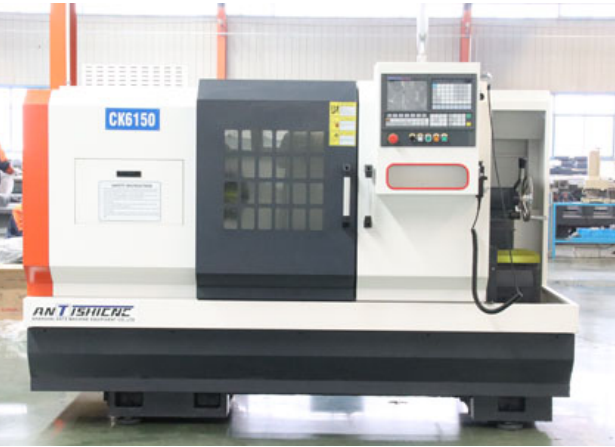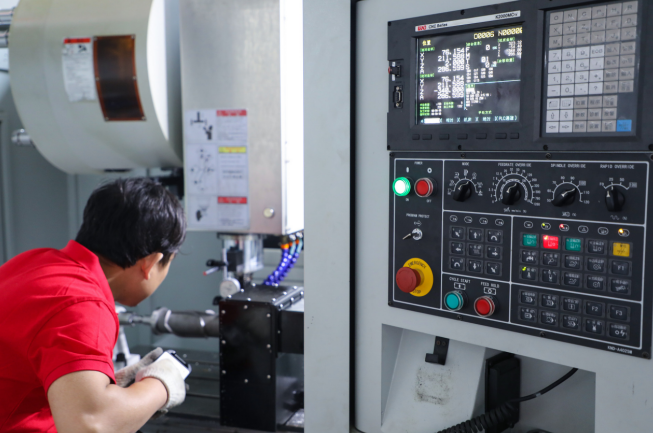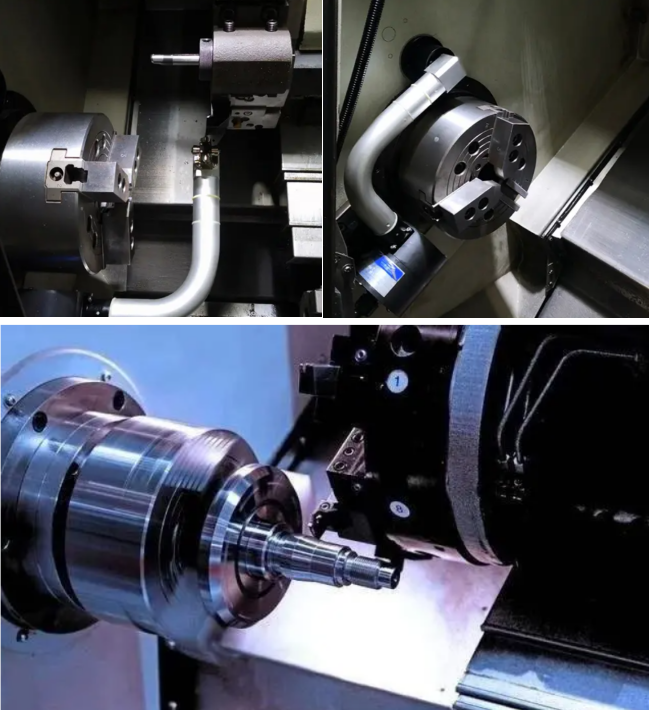
For personnel operating CNC machine tools, it is very important to master certain CNC machine tool operating skills. On the one hand, you can avoid machine collision accidents, resulting in damage to the machine tool; Secondly, it can be in a relatively short period of time, can quickly improve the operator’s CNC machine tool operating skills. The following describes some of the operation of CNC machine tools skills, I hope to engage in CNC machine tool operators have some help.
1.Understand the machine tool structure and processing procedures
First of all, the operator needs to have a comprehensive understanding of CNC machine tools. Understand the structure of the machine tool, master the distribution of the axis system of the machine tool, the positive and negative directions of each CNC axis, and the functions of each operation button. In addition, the operator must be very familiar with the processing procedures of CNC machine tools, and what kind of processes and operations should be performed by the machine tool. When the machine tool executes the program, we can know for the first time whether the machine tool is acting correctly and whether braking measures are needed.
2.Proficiency in program programming
Since we have high requirements for the accuracy of the processed products, we need to be proficient in program editing, the parameters of each process, and the diameter and length of the tool or grinding wheel. The following aspects need to be considered during programming:
①. First, consider the processing sequence of the parts: drill first and then flat end (this is to prevent shrinkage during drilling); rough turning first, then fine turning (this is to ensure the accuracy of the parts); first process the parts with large tolerances, and then process them last. The tolerance is small (this is to ensure that the surface of the small tolerance size is not scratched and to prevent the parts from deforming).
②. Select a reasonable speed, feed amount and depth according to the hardness of the material.

3.Tool setting techniques
The purpose of tool setting is to establish the workpiece coordinate system and tell the CNC system the exact position of the workpiece coordinate system. The direction of the workpiece coordinate system must be consistent with the direction of the CNC machine tool coordinate system used. The origin of the workpiece coordinate system, theoretically, can be selected in any position, but for the convenience of tool setting and easy to calculate the coordinates of the programmed points on the contour of the workpiece, as far as possible to choose the design of the parts on the basis of benchmarks or process benchmarks.
Tool setting method: Tool setting is divided into tool setting instrument tool setting and direct tool setting, the following mentioned tool setting techniques are direct tool setting.
First, select the center of the right end face of the part as the tool point, and set it as the zero point. After the machine returns to the home position, each tool to be used will use the center of the right end face of the part as the zero point for tool setting; when the tool touches the right end face, enter Z0 for click measurement. The measured value will be automatically recorded in the tool’s tool complement, which means that the Z-axis is the tool set, the X-axis is a test cut tool, and the part is less out-of-round with tool turning. To measure the outer circle value (e.g. x is 20mm) enter x20. click to measure and the tool supplement will automatically record the measured value, at this point, the x-axis is also correct.
This tooling method, even if the machine is powered down and restarted, does not change the tool value, allowing for long-time high volume production of the same part without the need to re-align the tool when the lathe is turned off.

4. Debugging skills
After programming and tool setting are completed, trial cutting and debugging are required to prevent program errors and tool setting errors from causing collision accidents. First, perform idle stroke simulation processing, and move 2-3 times the total length to the right in the machine tool seat system; then start simulated processing, confirm the program and tool, and then start processing the parts. The first part is processed, self-inspected, and confirmed to be qualified. , then find the full-time inspection, the full-time inspection confirms that it is qualified, and the debugging is completed.
5. Completion of parts processing
After the first test cut parts are completed, they will be produced in batches. However, the first qualification does not mean that the whole batch of parts qualified, because in the machining process, due to different processing materials will make the tool wear, processing materials soft, tool wear is small, processing materials hard, tool wear fast. Therefore, in the machining process, frequent inspection, and timely increase and decrease the value of the tool to ensure that the parts are qualified.
6. Prevent machine tool collisions
Machine tool collision causes great damage to the accuracy of machine tools and has different effects on different types of machine tools. Generally speaking, it has a great impact on machine tools with weak rigidity. Therefore, for high-precision CNC lathes, collisions must be eliminated. As long as the operator carefully masters certain anti-collision methods, collisions can be prevented and avoided.


